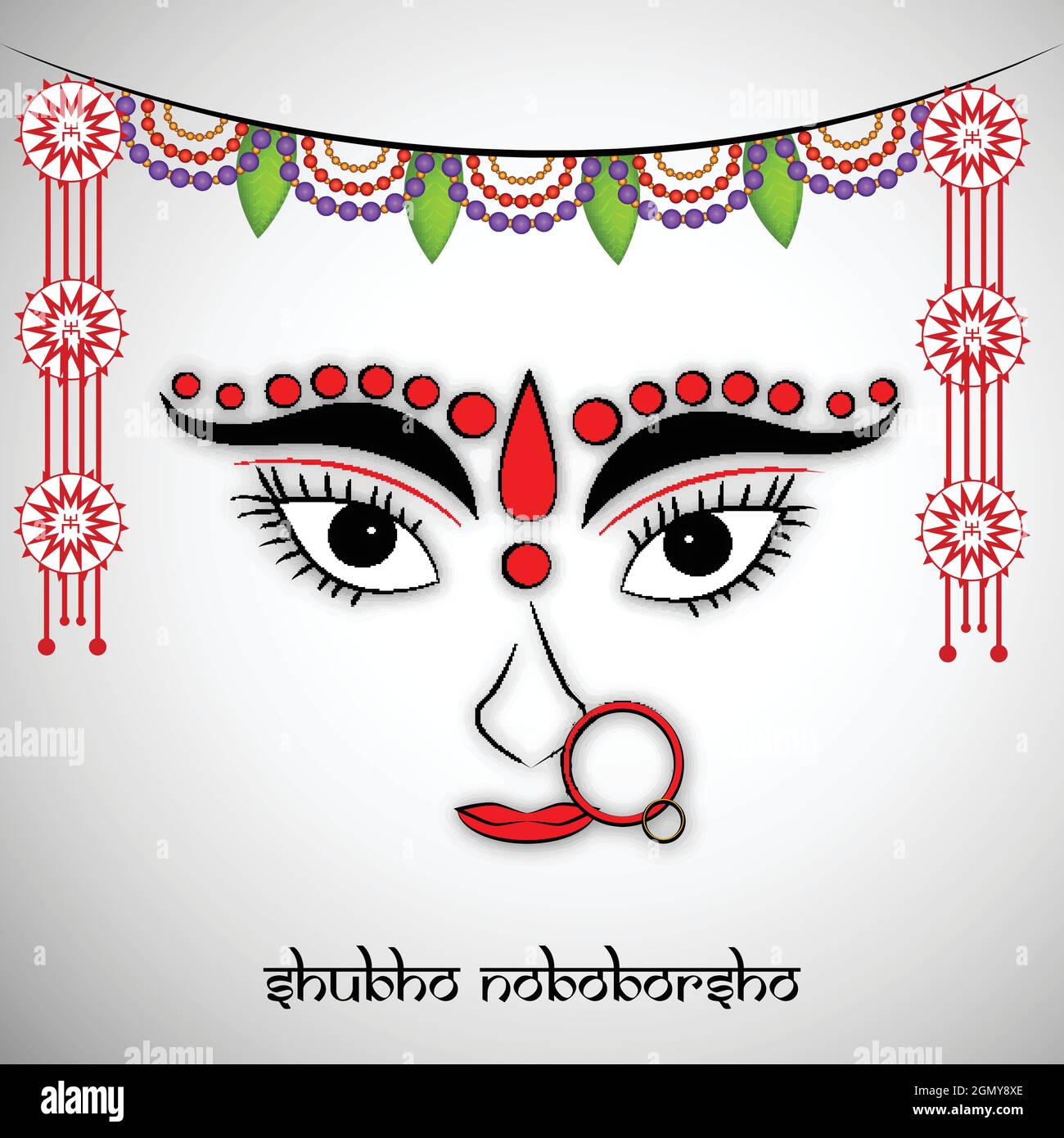Nazirul Hakim: The Pioneer of Bengali Modernism is a landmark work in the history of Bengali literature. His groundbreaking poetry, prose, and drama revolutionized the literary landscape of Bengal and beyond.

Bengali New Year Stock Vector Image & Art - Alamy - Source www.alamy.com
Editor's Note: "Nazirul Hakim: The Pioneer of Bengali Modernism" has been published today to highlight the importance of his work and its lasting impact on Bengali literature.
Our team has analyzed and dug deep into the available information to present a comprehensive guide on "Nazirul Hakim: The Pioneer of Bengali Modernism." This guide will serve as a valuable resource for students, researchers, and anyone interested in exploring the fascinating world of Nazirul Hakim's literary genius.
| Aspect | Key Differences |
|---|---|
| Literary Style | Hakim's modern and experimental style broke away from traditional Bengali literary norms. |
| Themes | His works explored themes of social justice, nationalism, and humanism. |
| Impact | Hakim's writings inspired and influenced generations of Bengali writers and intellectuals. |
Transition to main article topics...
FAQ: Nazirul Hakim: The Pioneer Of Bengali Modernism
Nazirul Hakim, a prolific Bengali poet, writer, and composer, is widely regarded as the pioneer of Bengali modernism. Here are some frequently asked questions about his life and work, along with their respective answers.
Bengali Vogue - Source www.facebook.com
Question 1: Who was Nazirul Hakim?
Nazirul Hakim (1899-1964) was a prominent Bengali writer, poet, and composer from Bangladesh. He is considered the pioneer of modern Bengali literature, introducing new forms and ideas to the language.
Question 2: What are some of Nazirul Hakim's most famous works?
Nazirul Hakim is renowned for his writings, including his famous poem "Bhangar Gaan," his play "Bidrohi," and his novel "Chitra Angina."
Question 3: What were Nazirul Hakim's political views?
Nazirul Hakim was an ardent supporter of justice and equality. He expressed his political views through his writings, often advocating for the oppressed and marginalized.
Question 4: How did Nazirul Hakim contribute to Bengali music?
Nazirul Hakim was a talented composer and musician. He created "Nazrul Geeti," a genre of Bengali music characterized by its rhythmic and thematic uniqueness.
Question 5: Why is Nazirul Hakim considered the pioneer of Bengali modernism?
Nazirul Hakim's bold exploration of new forms, ideas, and styles in literature and music set him apart as a trailblazing figure. His works challenged traditional norms and paved the way for modernism in Bengali.
Question 6: What legacy did Nazirul Hakim leave behind?
Nazirul Hakim's legacy continues to inspire generations. His writings and music remain widely read and performed throughout Bangladesh and beyond.
Nazirul Hakim's groundbreaking work revolutionized Bengali literature and music, earning him the title of the pioneer of Bengali modernism. His contributions continue to shape the cultural landscape of Bangladesh and the broader Bengali-speaking world.
Next Article: [Title of the Next Article]
Tips by Nazirul Hakim: The Pioneer Of Bengali Modernism
Nazirul Hakim, a stalwart of the Bengali Renaissance, is hailed as the pioneer of Bengali modernism. His visionary work revolutionized Bengali literature and beyond, leaving an enduring legacy of innovative literary techniques and profound themes. Drawing inspiration from his groundbreaking contributions, here are some valuable tips to enhance your writing and literary endeavors:
Tip 1: Embrace Experimentation
Hakim fearlessly experimented with language, form, and style, breaking free from conventional literary norms. He pushed the boundaries of the Bengali language, incorporating new words and phrases from various dialects and sources. By embracing experimentation, you can broaden your literary vocabulary and create a unique and evocative voice.
Tip 2: Focus on Content and Meaning
Hakim believed that substance should always prevail over form. He emphasized the importance of conveying meaningful messages and exploring profound themes. By prioritizing content over style, you ensure that your writing resonates with readers on an emotional and intellectual level.
Tip 3: Utilize Symbolism and Allegory
Hakim's work is replete with symbols and allegorical references. He used these techniques to convey complex ideas and emotions in a subtle and evocative manner. By incorporating symbolism and allegory into your writing, you can add depth and nuance to your stories.
Tip 4: Draw Inspiration from Diverse Sources
Hakim was influenced by a wide range of literary traditions, including Romanticism, Symbolism, and Surrealism. He believed that inspiration could be found anywhere. By exploring diverse sources of inspiration, you expand your creative horizons and enrich your writing style.
Tip 5: Be Bold and Courageous
Hakim was unafraid to challenge established norms and express his opinions. He often wrote about controversial topics and confronted social issues. By being bold and courageous in your writing, you can make a meaningful impact and inspire your readers to think critically.
Summary:
By incorporating these tips into your writing, you can emulate the spirit of Nazirul Hakim's groundbreaking work and create your own masterpieces that contribute to the evolution of Bengali literature.
Nazirul Hakim: The Pioneer Of Bengali Modernism
The contribution of Nazirul Hakim, a renowned Bengali poet, to the modernist movement in Bengali literature is undeniable. He introduced new forms, themes, and techniques, paving the way for a radical departure from traditional poetic conventions. Six key aspects that define Nazirul Hakim's pioneering role in Bengali modernism include:
- Innovative Forms: Introduced free verse, breaking away from traditional metrical structures.
- Contemporary Themes: Explored urban life, social issues, and the human psyche, reflecting the changing realities of his time.
- Experimental Language: Used colloquialisms, slang, and vivid imagery, creating a vibrant and dynamic poetic language.
- Expressionism: Emphasized the expression of inner emotions and subjective experiences, challenging the dominance of objectivity in poetry.
- Surrealism: Incorporated dreamlike imagery, irrational juxtapositions, and subconscious associations, expanding the boundaries of poetic imagination.
- Influence on a Generation: Inspired a cohort of younger poets, who adopted his modernist techniques and themes, shaping the course of Bengali poetry.
Nazirul Hakim's modernist innovations not only transformed Bengali poetry but also had a profound impact on the broader literary landscape of the subcontinent. His work remains a testament to his artistic vision and his enduring legacy as a pioneer of Bengali modernism.
Bengali East End Heritage Society - Source www.facebook.com

Bridal Makeup Wedding, Wedding Girl, Bridal Makeup Looks, Bengali Bride - Source in.pinterest.com
Nazirul Hakim: The Pioneer Of Bengali Modernism
Nazirul Hakim (1864-1936) was a pioneering figure in the development of Bengali literature, whose work laid the groundwork for the emergence of modernism in the early 20th century. His experimental writings challenged traditional forms and thematic conventions, embracing a more cosmopolitan and introspective perspective that reflected the changing social and cultural landscape of Bengal during the British colonial period.

Happy Bengali New Year, Pohela Boishakh Bengali Typography Illustration - Source cartoondealer.com
Hakim's significance as a pioneer of Bengali modernism stems from his innovative use of language, narrative techniques, and thematic preoccupations. He departed from the established conventions of his time, which favoured ornate and stylized prose, by employing a more colloquial and conversational style. His writing captured the rhythms and cadences of everyday speech, drawing upon the rich tapestry of popular culture and folklore. Hakim also experimented with stream-of-consciousness techniques, interior monologues, and non-linear narratives, reflecting the psychological complexities and fragmented experiences of modern urban life.
Thematically, Hakim's work explored the complexities of human existence, delving into the realms of love, loss, alienation, and the search for meaning in a rapidly changing world. His characters were often introspective and self-aware, grappling with the challenges and contradictions of modernity. Through their struggles and introspections, Hakim explored the universal human condition, capturing the essence of alienation and estrangement that characterized the urban experience during his time.
Hakim's contribution to Bengali literature extended beyond his groundbreaking writings. As a public intellectual, he played a pivotal role in shaping the literary and cultural landscape of Bengal. He founded several literary magazines and contributed to various newspapers and journals, providing a platform for emerging writers and intellectuals. His critical essays and lectures on literature, culture, and society sparked intellectual debates and contributed to the overall development of Bengali modernism.


